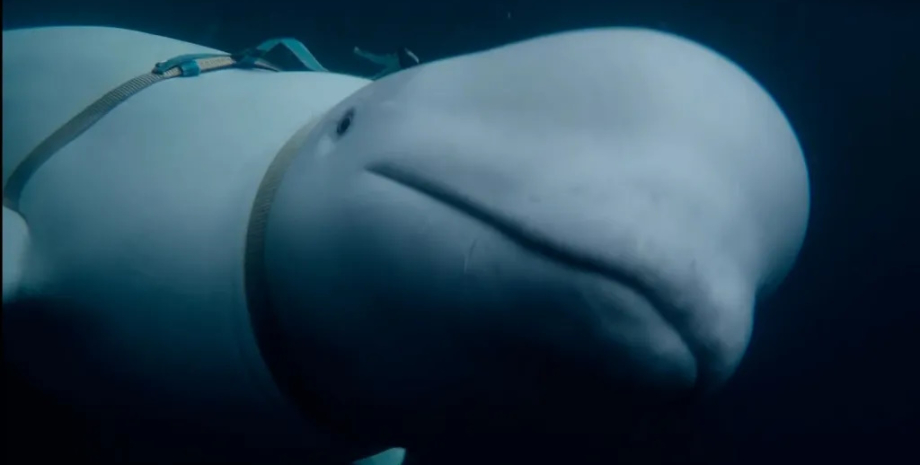
 By Natali Moss
By Natali Moss
After 5 years, the experts confirmed that the whale really belonged to the military and fled from the naval base by the Arctic Circle. However, according to Dr. Olga Shpak, the whale was probably not a spy - scientists believe that Belukh was taught to protect the base. Experts also believe that the whale was actually a "bully" and that is why he left the base. In focus. Technology has appeared its Telegram channel.
Subscribe not to miss the latest and most intrusive news from the world of science! It should be noted that Russia's representatives have always refused to confirm or refute that the Khavdimir had taught the military. At the same time, according to Dr. Shpak, who explored marine mammals since the 1990s, including in Russia, it is 100% likely to claim that Belukha fled from the Navy base.
Khavdimir first appeared off the coast of Norway 5 years ago, he was noticed near the northern shores when he approached the fishermen. According to one of the fishermen Yoar Hesten, they paid attention to Belukh when the animal began to rub on the boat. Fishermen mentioned that some animals tend to turn to humans when they need help - it was probably a very smart whale. And yet the behavior of the whale seemed unusual - it was too manual that it can rarely be found so far in the south.
Bilus also noticed the harvest with the chamber mounting and in English "St. Petersburg Equipment". Then the fishermen helped remove the strap from the whale and then went to the surrounding port, where he lived for several months. Researchers say that the whale was probably not capable of hunting and catching living fish, but coped well to enchant the locals. Norway authorities have taken measures to monitor and fed it.
Belukha also received the name of Khavdimir, which is a reference to the Norwegian word "whale" and the name of Russian President Vladimir Putin. According to Dr. Shpak, its sources in Russia refused to name their names for safety, but confirmed that after the appearance of Belukh in Norway, the Russian community of marine mammals immediately identified it as one of their own. Sources also said that the Russian naval base was called Andrew.
The expert notes that the whale was first caught in the Sea of Okhotsk in the Far East of Russia in 2013. A year later, he was transferred from a dolphinarium object in St. Petersburg and enrolled in a military program in the Russian Arctic. Dr. Shpak says that according to the employees of the commercial dolphinarium, where the whale lived earlier, Andreyko was incredibly smart, and therefore was great for training.
At the same time, he was a bully, so no one was surprised that he fled at some point. Satellite images near the Russian naval base in Murmansk show that it could have been an old Khavdimir/Andrewy house. The water clearly shows detachments with the fact that it is probably white whales inside. According to experts, the location of Belukh so close to the boats can actually indicate that they were part of the security system.
Russia, for its part, has never officially confirmed or denied the statement that Khavdir/Andrew studied at their naval base. However, the world's ancient history in the education of marine mammals for military purposes is known throughout the world. Unfortunately, the history of the Khavdimir/Andrews does not have a happy end. The whale learned to get food on his own and traveled to the south along the coast of Norway for several years, and in May 2023 he was spotted off the shores of Sweden.










All rights reserved IN-Ukraine.info - 2022